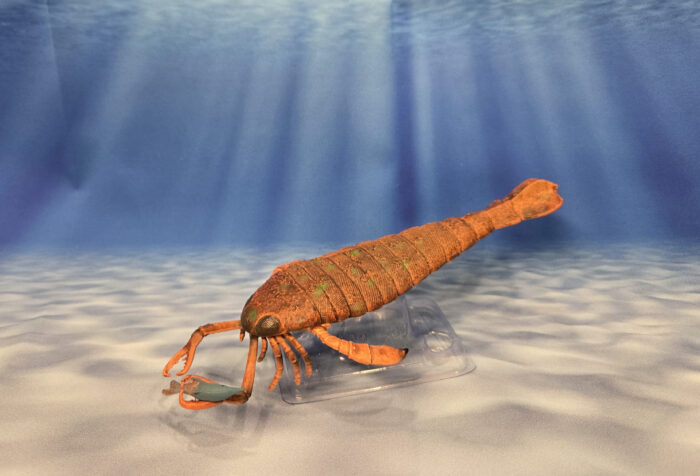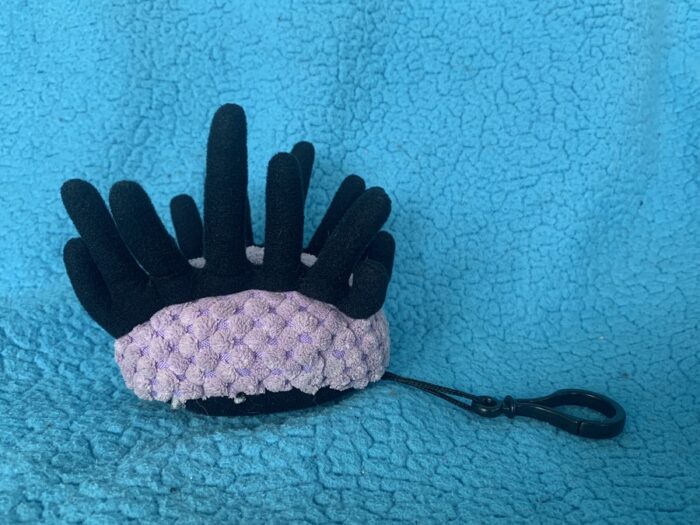The genus Jaekelopterus contains two species from the Early Devonian; fossils of J. rhenaniae were originally discovered in the Rhineland of Western Germany while those of J. howellii were originally discovered in Wyoming, USA. Jaekelopterus rhenaniae is not only the largest eurypterid, it is the largest known arthropod…EVER!
Classification: Invertebrate
Review: Hallucigenia (Plush by ZHONGXIN MADE)
Review: Goticaris (Extinct Bath Bomb by Diamond Company)
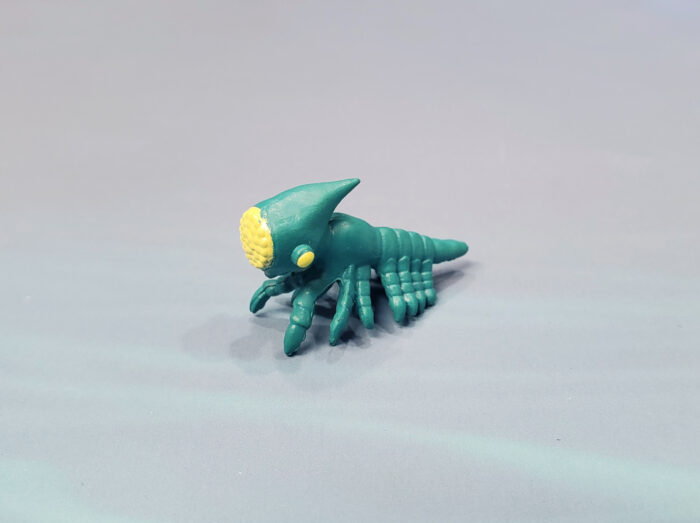
Review and images by bmathison1972; edited by Suspsy
Goticaris longispinosa is a tiny, enigmatic arthropod originally described from both immature and adult forms from the Orsten Lagerstätten (Upper Cambrian) of present day Sweden. It was originally described as an early offshoot of the clade Pancrustacea but is now considered stem-group Mandibulata outside of Pancrustacea.
Review: Callichimaera perplexa (Rheic Studio)
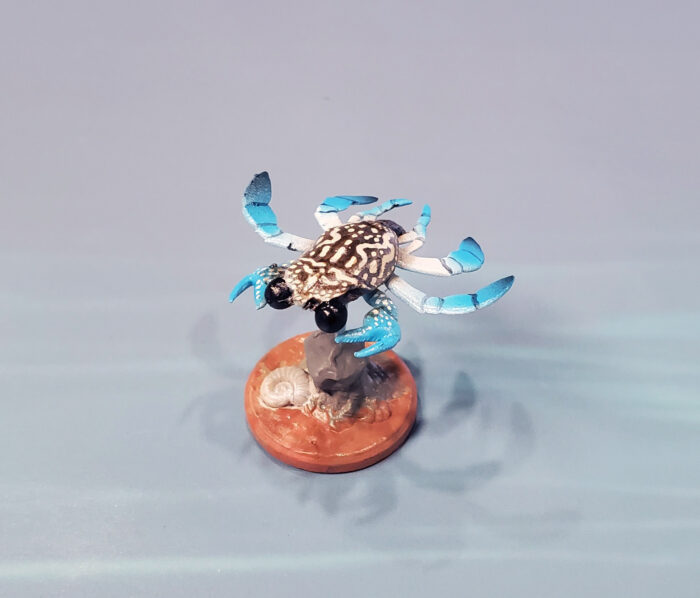
Review and images by bmathison1972; edited by Suspsy
Callichimaera perlexa is an enigmatic crustacean from the Middle Cretaceous. Fossils have been found in the Churuvita Group in Colombia and the Frontier Formation in the United States. C. perlexa evolved during the Cretaceous Crab Revolution, which was a major diversification of ‘true’ crabs during the Cretaceous.
Review: Anomalocaris (CollectA)
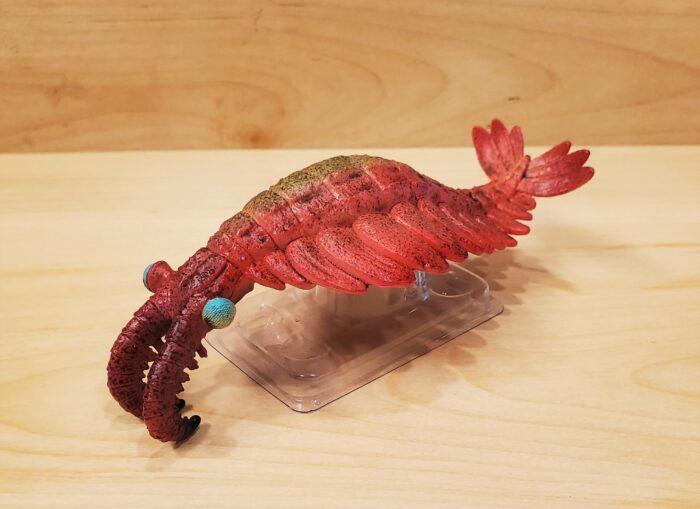
Review and images by bmathison1972; edited by Suspsy
In 2023, CollectA added Anomalocaris canadensis to its growing collection of Paleozoic invertebrates, following fellow arthropod Redlichia and mollusks Passaloteuthis, Pleuroceras, Orthoceras, Cooperoceras, and Pravitoceras (not to mention an extant nautilus and horseshoe crab).
Review: Cooperoceras (Prehistoric World by CollectA)
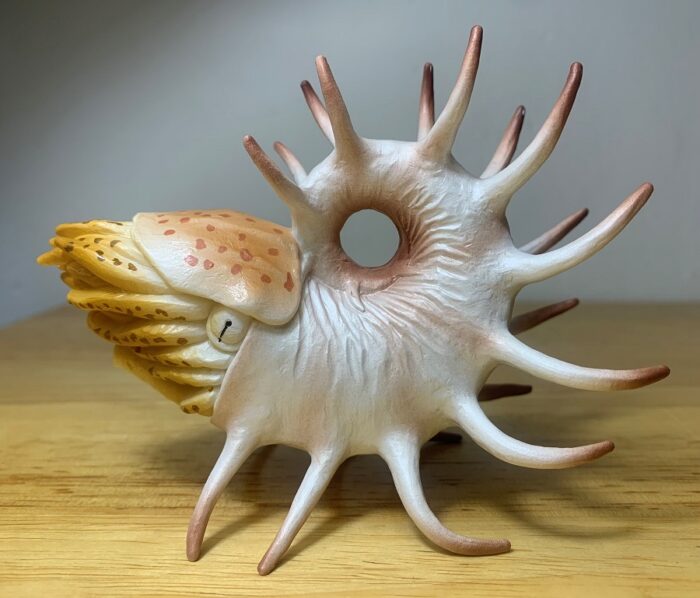
Over the last 3 years CollectA has produced FIVE extinct cephalopods spanning the geologic ages between the Ordovician and the Cretaceous. A magnificent achievement that appears to have come to an end, for alas, no cephalopod has been announced for 2023. But do not despair, with figures of Koolasuchus and Anomalocaris on the horizon CollectA is continuing their streak of releasing the most diverse and interesting assortment of prehistoric critters of any mainstream company.
Review: Pravitoceras (Prehistoric World by CollectA)
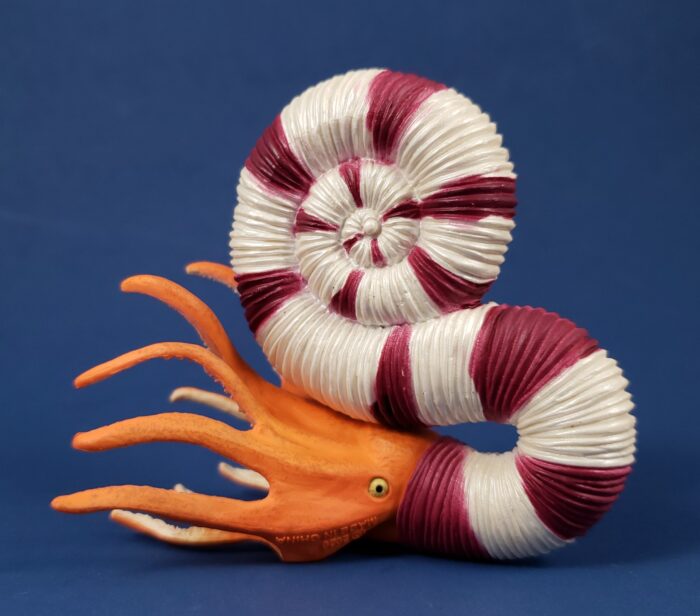
Most paleontology enthusiasts are familiar with ammonites, the predatory mollusks with muscular arms and calcium carbonate shells. Most ammonites’ shells were disc-shaped coils (planispiral) that contained chambers, some of which afforded buoyancy, and one of which housed the squishy parts of the animal.
Review: Wiwaxia (Paleozoic Pals)
Review: Opabinia regalis (Scientific Models by Trilobiti Design)
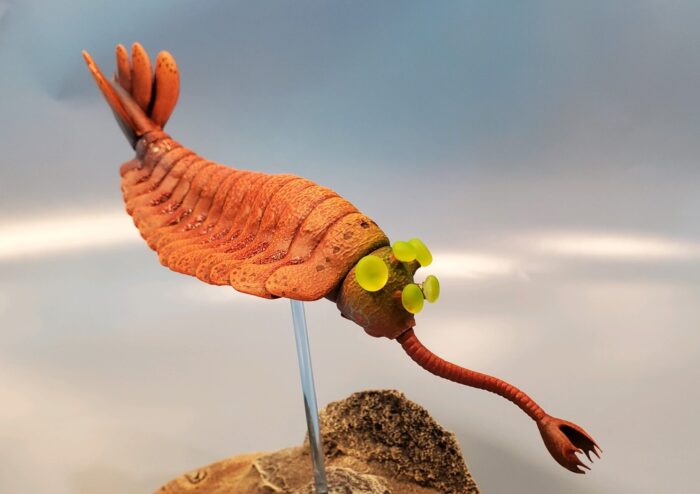
Review and images by bmathison1972, edited by Suspsy
Opabinia regalis is an enigmatic arthropod (or arthropod-like animal) from the Middle Cambrian Burgess Shale Lagerstätte of present-day British Columbia. It was a benthic predator, scouring the bottom of the Cambrian Seas for soft-bodied prey nearly 505 million years ago.
Review: Orthoceras (Paleozoic Pals)
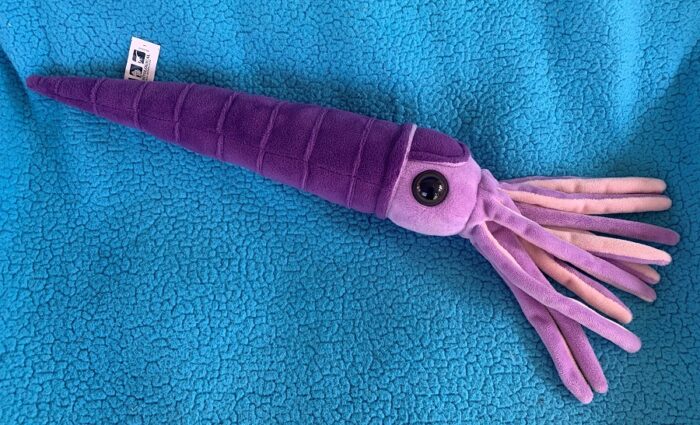
Paleozoic Pals is a line of plush toys commissioned by the Paleontological Research Institution (PRI) and sold at the Museum of the Earth, located in Ithaca, New York. Since its launch in 2015 the line has done quite well, and now has 13 distinct plush toys to its name (as well as slippers, a body pillow, and other merchandise) with more on the way.
Review: Opabinia (Soft Model by Favorite co.)
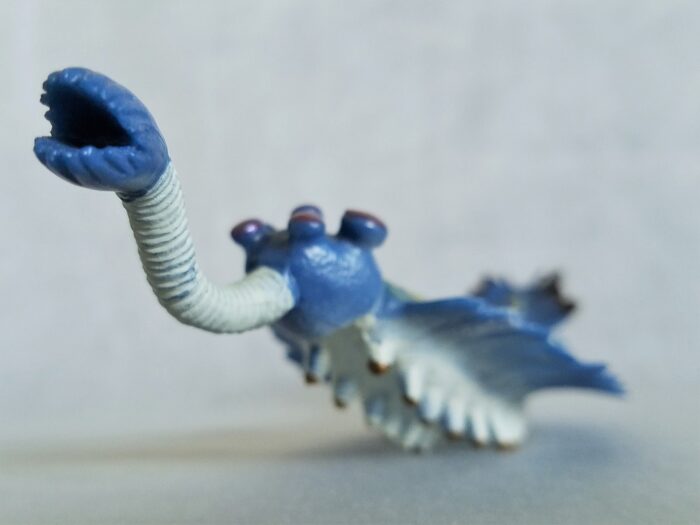
This model is reconstructed with ample attention to detail for this alien-looking wonder from the Cambrian.
I’ve had a soft spot for the weirdos in nature since my early childhood, so Opabinia has always been a favorite of mine. This 3 inch long stem arthropod was a denizen of the ocean floors during the middle of the Cambrian Period, about 505 million years ago.
Review: Megalograptus (Oumcraft)
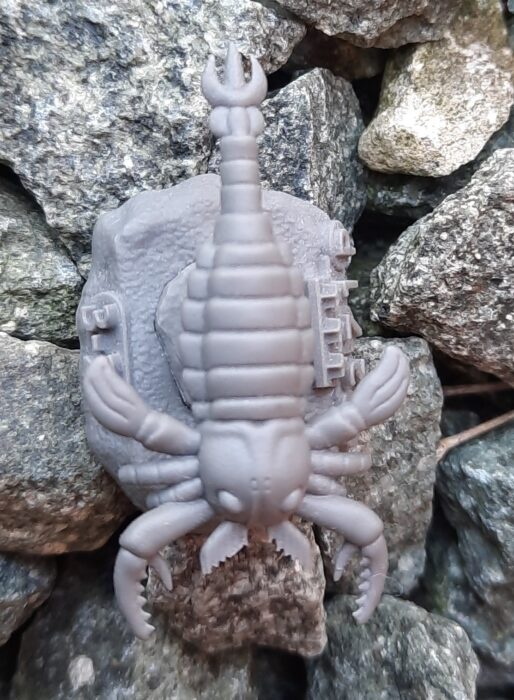
Fans of prehistoric creatures have made some remarkable things over the years, including the members of this forum. In recent times, forum member Oammararak showed a kickstarter for their own game LIFE: evolution of life in earth, the series, to which many of us backed, given the vast number of intriguing species that have never been made by any company.

